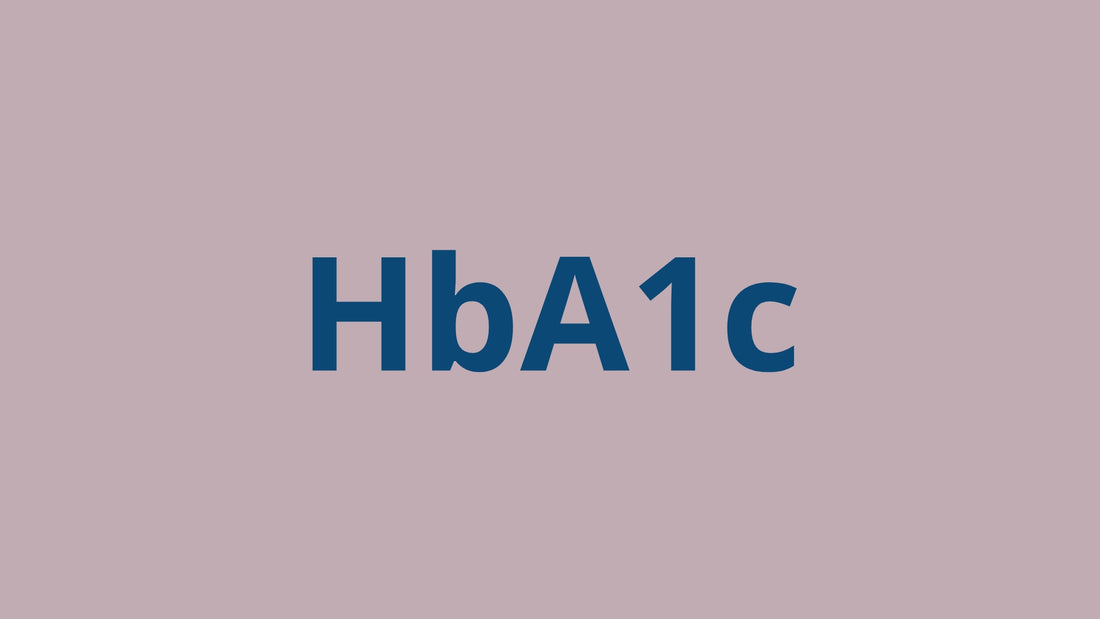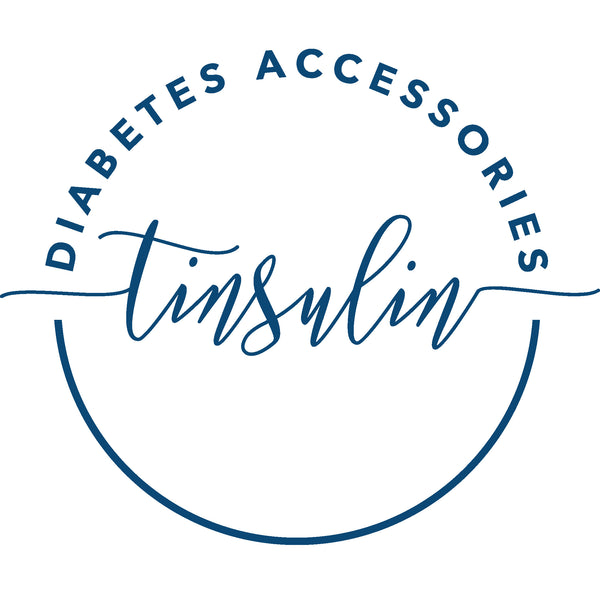
5 tips to lower your HbA1c
In people living with diabetes, the HbA1c value is determined at regular intervals, in my case every 3 months, through a blood test. This value represents the average of your blood sugar level over the past 3 months.
It is generally stated that a good HbA1c value is lower than 7%, but there are exceptions to this, for example in women who wish to become pregnant and during pregnancy the target is < 6.5%.
Diabetes is a full-time job and sometimes it seems like an impossible task to lower your HbA1c. That's why we list 5 tips below to lower your HbA1c.
Tip 1: Pre-bolus
Depending on the type of rapid-acting insulin you use, insulin usually works 10 to 20 minutes after you administer it. To limit the sugar level peak after eating, it can help to administer a pre-bolus.
Pre-bolus actually means that you administer your meal bolus a few minutes before you start eating. This ensures that your postprandial peak, the peak after eating your meal, remains limited because your insulin is already working hard when you start eating. I say a few minutes here because this is different for everyone, contact your diabetes nurse or endocrinologist if you are unsure whether this can work for you and how best to approach this.
Please note, a pre-bolus is not always interesting. If you eat carbohydrates that enter your blood more slowly, such as pasta or a protein-rich or high-fat meal, a pre-bolus is not recommended. Here you run the risk of getting a hypo during or shortly after eating if you administer your insulin in advance.
Also important to take into account is your sugar level at the time you want to administer the pre-bolus. This is again different for everyone, but personally I do not give a pre-bolus from the moment my sugar level is below 100 mg/dl and there is a downward trend arrow because I know that I will often drop further quickly and the risk of a hypo just before the meal is large, I had to administer a pre-bolus at that time.
Tip 2: Exercise after meals
The next tip to limit the sugar level peak after a meal is to take a short walk just after eating. Walking or exercising for 10 minutes just after a meal ensures that the insulin works faster and thus limits the peak after the meal.
No time to go for a walk outside? For me it also helps to do some household chores just after eating: taking down the laundry, vacuuming, taking out the trash, tidying up... By getting some exercise, I notice that I can limit the peak after a meal. , and the house will immediately be clean, win-win! 😊
Tip 3: Hydrate, hydrate, hydrate
Drinking a large glass of water just after getting up in the morning can help to dilute the sugar in your blood and indirectly improve your insulin sensitivity. Keep a large glass of water ready next to your bed or in the kitchen so that you drink it first thing in the morning, so you will have a good start to the day!
It is also important to drink plenty of water throughout the day as this helps to get rid of excess glucose from the blood and thus keep your sugar levels in check!
So take a nice drinking bottle with you on the go or put it on your desk so that you regularly remember to take a sip! It would be better to take several sips throughout the day instead of drinking 2 glasses of water in a row at certain times.
Tip 4: Structure your meals with a meal plan
By thinking in advance what you are going to eat for the coming week and which snacks you are going to take with you to work/school... you can make more conscious and (sometimes) healthier choices.
By making a plan and doing your shopping in advance, you ensure that you have food on the table quickly. This also prevents you from becoming hangry and reaching for chips and other snacks just before your meal (guilty ✋).
One step further is to prepare your meals in advance, for example a moment during the weekend when you start preparing everything for the coming week, so that after a day of work/studying you don't have to do much work on your dinner and dinner. /or can always bring a healthy lunch.
Tip 5: Monitor your sugar level with a food diary
A final tip to improve your HbA1c is to keep track of your sugar level in a food diary , and more specifically your values before and after a meal or snack. In this way you can link certain trends/reactions of your sugar level to certain foods or situations (for example a stressful day) and thus recognize patterns that you can then adjust by, for example, adjusting your bolus strategy, ratios, etc. Here too, it is best to contact your diabetes nurse or endocrinologist to see what adjustments are possible, and be sure to bring your completed diaries with you so that you can determine and adjust the patterns together with them!
Be sure to let me know which tips you want to apply, good luck!
DISCLAIMER: the above information is based on personal experiences and in no way constitutes medical advice and is not intended to replace professional medical advice for specific complaints.
